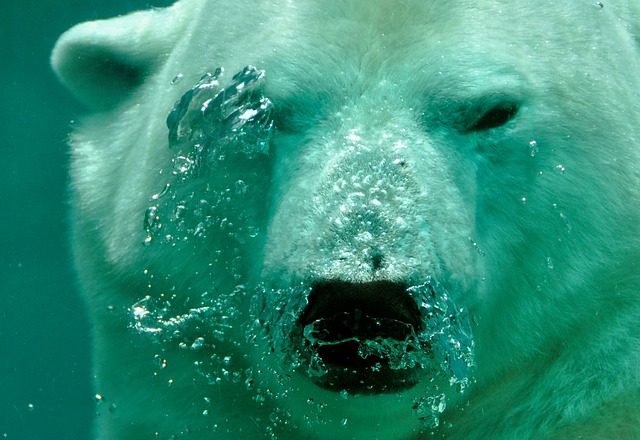Despite decades of international efforts to cut emissions, Arctic wildlife remains burdened with dangerously high levels of mercury, according to new research published in Nature Communications. The study reveals that mercury contamination originating from 19th-century coal burning and gold mining continues to flow into the Arctic via ocean currents, poisoning top predators like polar bears and toothed whales.
++ Herpes virus rapidly reprogrammes human DNA within an hour
A team of scientists analysed more than 700 samples from across Greenland, gathered over a 40-year period. These included animal tissue and peat. By examining the chemical signature of mercury isotopes, researchers found no significant decline in mercury levels. In some regions, concentrations are still rising.
“This helps explain the lack of decline in Arctic mercury levels,” said Professor Rune Dietz, a co-author of the study. “Transport of mercury from major sources like China to Greenland via ocean currents can take up to 150 years.”
Mercury emitted into the atmosphere by human activities can remain airborne for around a year before settling. Once it enters the ocean, however, it can persist for centuries, slowly migrating northwards through deep, cold-water currents.
Different regions of Greenland are affected by distinct ocean flows. For example, Central West Greenland is influenced by the Irminger Current, which brings mercury-laden waters from the North Atlantic. Other parts of the country are impacted by inflows from the Arctic Ocean. In top predators such as polar bears and toothed whales, mercury levels are now estimated to be 20 to 30 times higher than in pre-industrial times.
“We have not seen any proof of actual kills of top predators,” Dietz told BBC Science Focus, “but the loads in toothed whales and polar bears, as well as the Inuit populations in the highest exposed areas, are high enough to show neurological effects.”
Mercury is a potent neurotoxin known to impair the nervous system, immune response and reproductive health. The World Health Organization lists it among the top ten chemicals of major public health concern.
++ Shy yellow boxfish and banded pipefish filmed exploring reef together
These findings raise urgent questions for the UN’s Minamata Convention, which seeks to curb mercury pollution worldwide. While reductions in emissions are vital, the study suggests that legacy mercury already circulating through ocean systems may continue to pose a threat for generations to come.
The research team aims to expand their investigations to better model mercury’s long-term movement from primary sources such as China to vulnerable Arctic ecosystems. Understanding this timeline, they argue, is critical to developing strategies to safeguard wildlife—and communities—from enduring harm.





